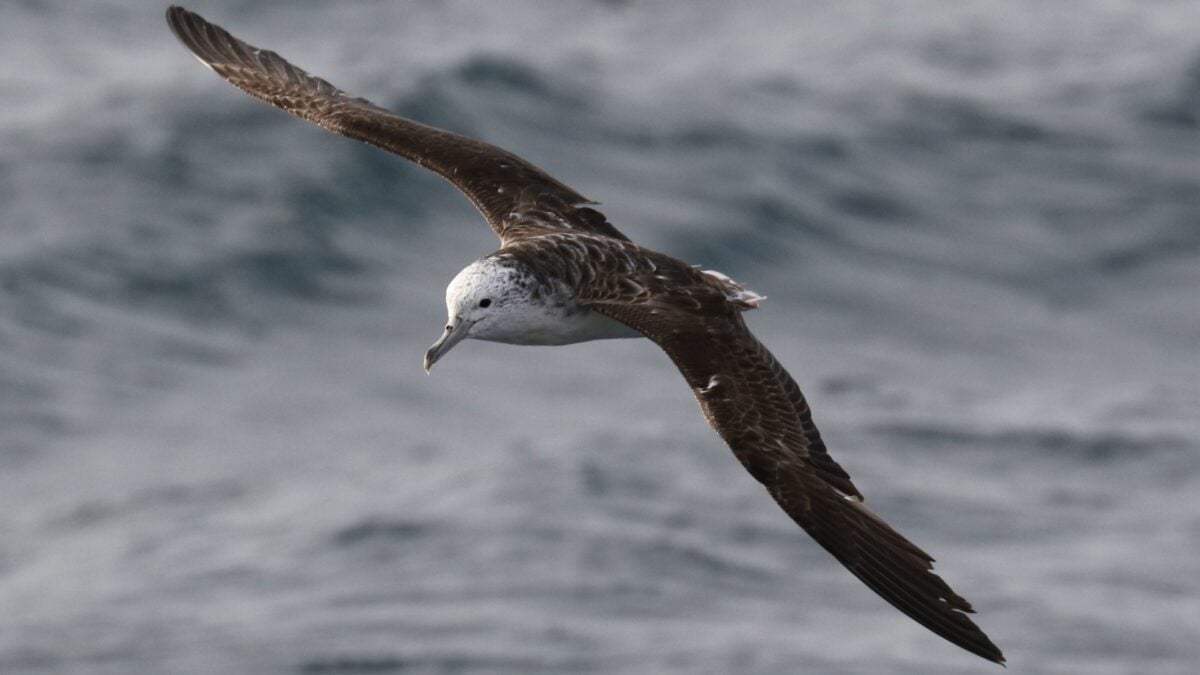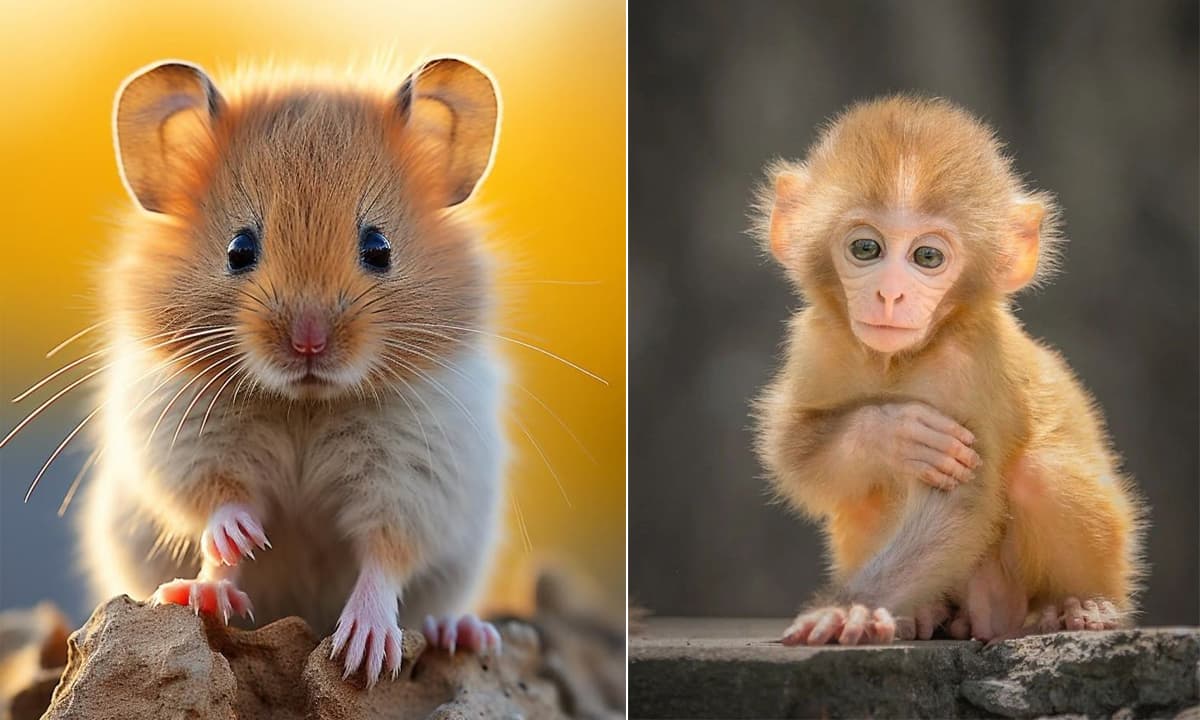Scientists Confirm What Every Beachgoer Secretly Fears About Seabirds

As a seabird researcher, Leo Uesaka spends most of his time reviewing hours of bird footage. That can get quite tedious and demanding at times, but every second is worth paying attention to—after all, that’s how you notice things like the penchant for seabirds to poop only while airborne.
In a first-of-its-kind study published today in Current Biology, Uesaka and his team report that streaked shearwaters—large, unassuming seabirds common in East Asian waters—engage in a very specific type of bathroom ritual. In addition to always pooping midair, shearwaters release their droppings at regular intervals, every 4 to 10 minutes, according to the researchers. And even when the birds are in the water, they’ll take the extra step and fly into the air if they need to “drop feces,” Uesaka, the study’s lead author, explained to Gizmodo.
The initial purpose of the project was to study how shearwaters use their legs during direct takeoffs from the sea surface, said Uesaka, a research fellow at the Atmosphere and Ocean Research Institute at the University of Tokyo in Japan. But the birds were pooping so much and so often that it seemed like a waste of data not to additionally investigate the birds’ bathroom habits, he said.
“Since I was not aiming to record droppings in the original plan, I was surprised by the feces footage itself and how frequently they appeared in the footage [and] the regular timing pattern,” Uesaka said.
Researchers have studied bird droppings before but mostly conducted their investigations on land, Uesaka said. The new study is more or less the first time scientists have been able to observe seabird excretion behavior at sea. What made this possible was a “slightly unusual—and perhaps amusing—method,” Uesaka explained. Specifically, his team tracked individual shearwaters living on Funakoshi Ohshima, an uninhabited island in Japan. Each bird was equipped with a small, rear-facing video camera on its belly, a position initially chosen to observe leg motion but that ended up providing a fantastic view of the birds’ digestive dynamics.

It’s unclear why the birds behave this way, but Uesaka suspects that other seabirds with similar flight styles, such as the albatross, may share this same tendency. In any case, seabird droppings are unusually rich in nitrogen and phosphorus, suggesting they may be unintentionally fertilizing coastal waters. At the same time, avian influenza is often transmitted through feces, and the researchers hope further investigations into this ritual could shed light on how the disease spreads among wild seabirds.
“Bird droppings may seem unpleasant,” Uesaka said. “But as this study shows, they can reveal surprisingly interesting aspects of animal life.”
Indeed, pooping, in all seriousness, plays a vital role in supporting the various parts of our natural ecosystem. It’s also a funny (to borrow from Uesaka’s words) yet valuable way to engage with science. So the next time a seabird poops on you at the beach, don’t take it personally—it’s just science doing its thing.









